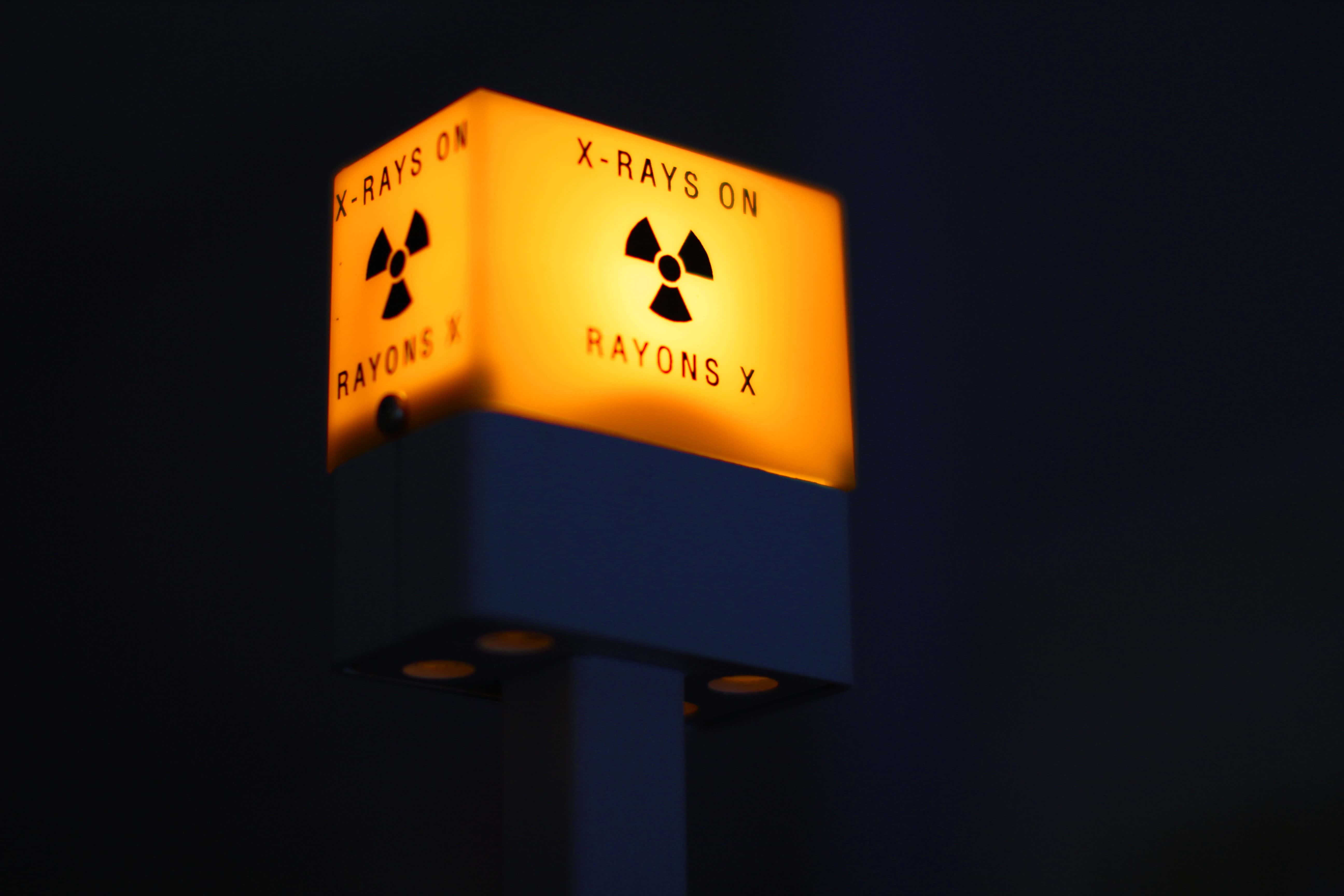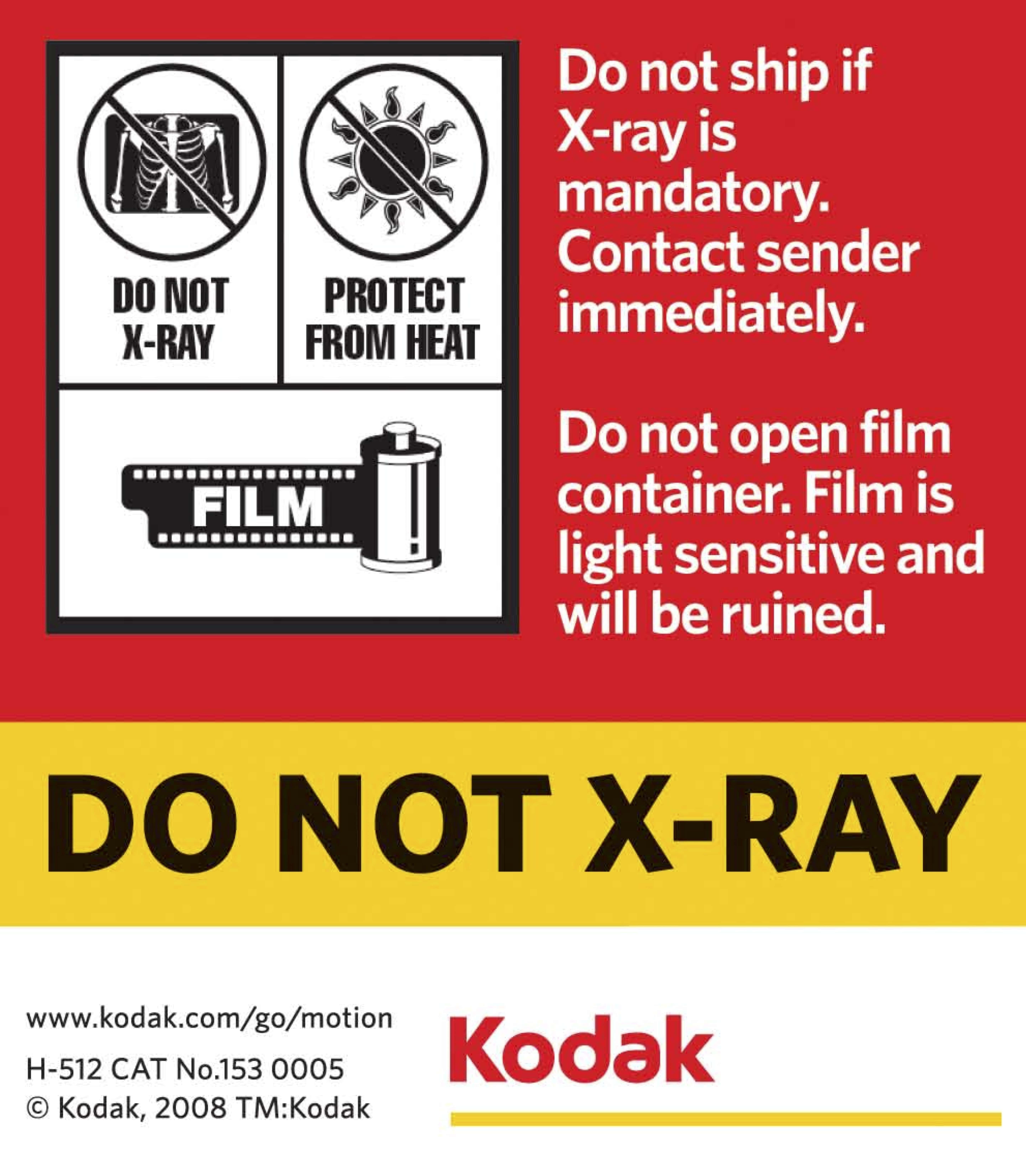I’ve been enjoying my Fuji Instax 210, but I’m preparing for an upcoming trip and just remembered the challenge of flying with real film.

CC-BY-NC-SA Vegard Hagen.
The Flickr Fuji Instax Room has a couple discussions on the topic, but the answers are inconclusive and unsupported by references. Some people shared personal experiences suggesting there was nothing to worry about:
Studioesper: “never had any problems. I use to work by airports and go thru carry on xray just about everyday with a instax wide.”
BagOfArms: “I have traveled with Instax in my carry-on luggage, and it was not damaged by the security checkpoint x-ray machines.”
Others, however, are more cautious:
Sam Labone: “get your baggage hand checked as the Instax film is rated at 800 ISO which I think is fast enough to be damaged by x-rays.”
abdukted1456: “never put ANY film of ANY speed in the checked luggage, that will most likely be ruined by the much much more powerful x-ray machine they use.”
I needed better answers than those, however. Thankfully, Kodak’s website is rich with information. First up, do airport x-ray scanners damage film? Yes:
X-ray equipment used to inspect carry-on baggage uses a very low level of x-radiation that will not cause noticeable damage to most films. However, baggage that is checked (loaded on the planes as cargo) often goes through equipment with higher energy X rays.
What does this damage look like? X-rays “fog” the film. Kodak’s examples of 400 speed film scanned in checked baggage scanner show significant image loss

ASA400 film untouched by x-rays left, and after one pass through a baggage scanner right.
Okay, so no film is safe in checked bags, but what about carry-on baggage? This 2003 answer explains:
Carry-on baggage inspection conveyors using low intensity x-rays, used at security checkpoints in US airports, usually do not affect film. However, these machines may now be supplemented in some cases by high intensity machines that will fog all unprocessed film. Travelers should be wary of all scanners at foreign airports.
Okay, so US carry-on scanners 0f 2003 “usually do not affect film,” but may have since been replaced with higher intensity devices, and foreign scanners should leave travelers shaking in fear. What about those film bags?
The once popular lead-lined carry bags aren’t practical today because if an inspector can’t see through the bag, he will increase the intensity of the x-ray until he can. Therefore, film may receive more harmful radiation than it would otherwise if it were normally inspected.
So what should travelers do? Beg for hand inspection:
However, there is no guarantee that your request will be granted by local inspectors, who may insist on x-ray inspection. Hand inspection may not be permitted in some airports outside the US.
Kodak kindly provides this “do not x-ray” label:
